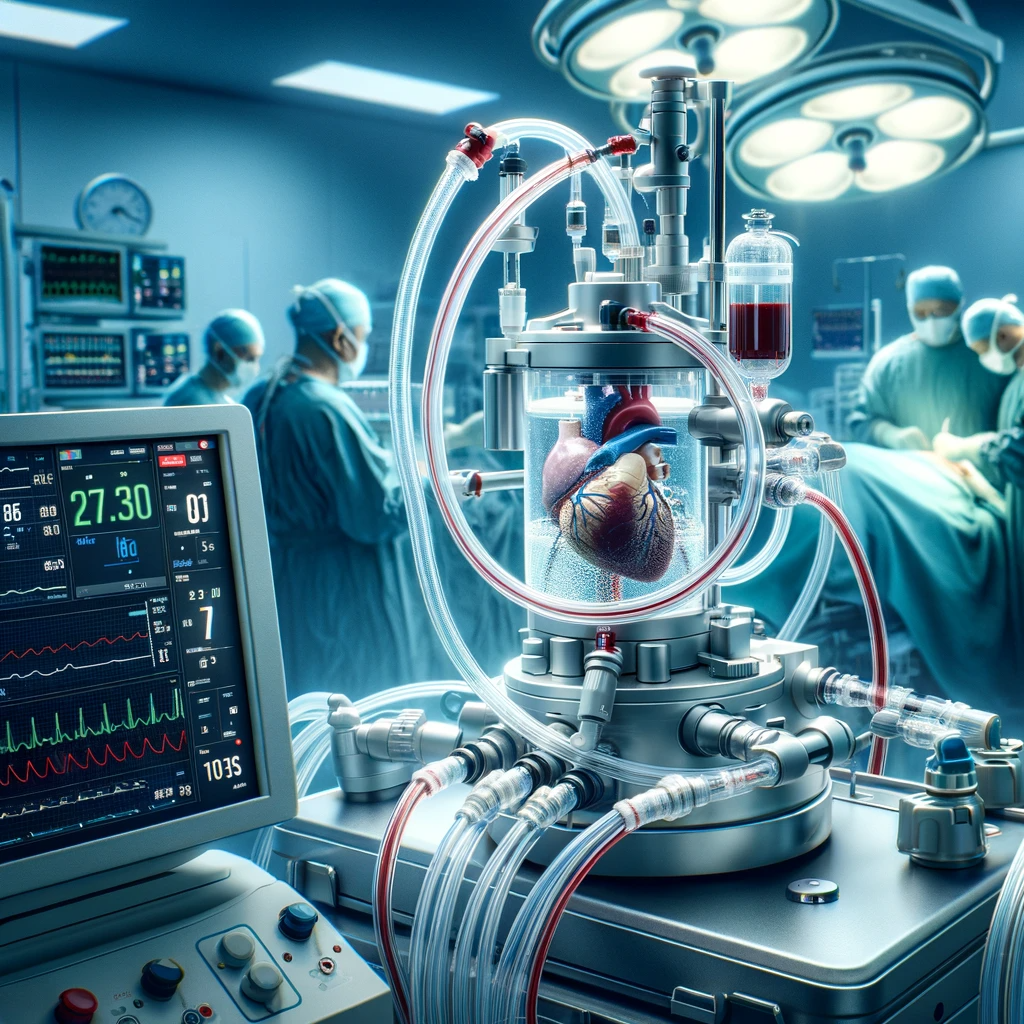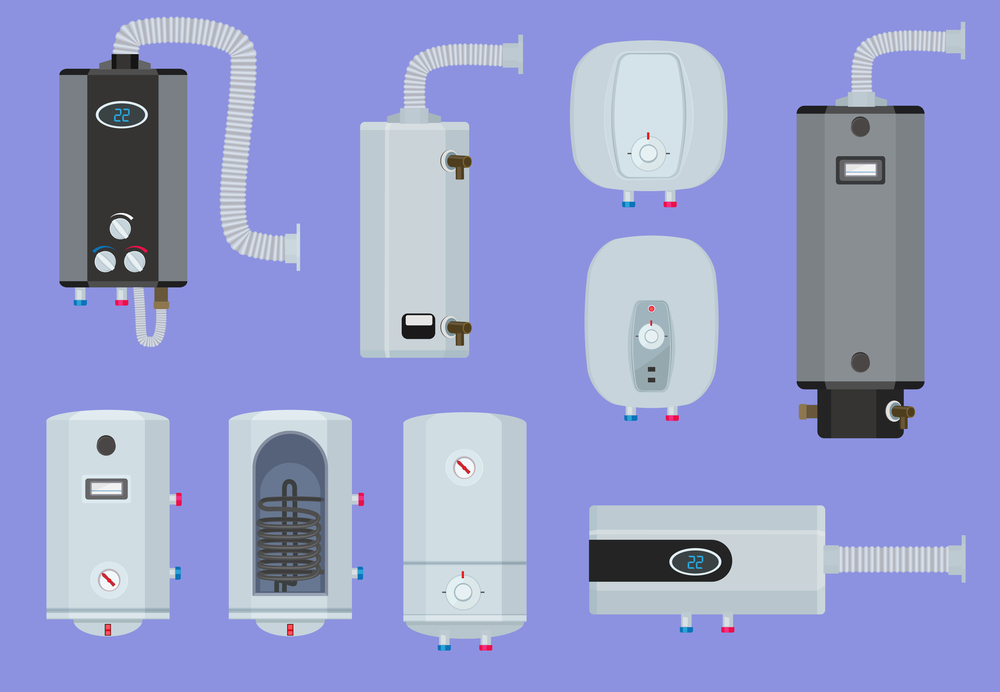Heart of the Matter: How Cardiac Pumps Are Saving Lives
Heart disease remains one of the leading causes of death worldwide, presenting a continuous challenge for medical professionals. In this battle, cardiac pumps have emerged as critical tools, offering new hope and life-saving solutions. This article delves into the innovative world of cardiac pumps, exploring their development, functionality, and life-changing impact on heart disease treatment.

The Vital Role of Cardiac Pumps in Modern Medicine
Cardiac pumps, also known as ventricular assist devices (VADs), are mechanical devices that support heart function and blood flow in people with weakened hearts. They are not only used as a bridge to heart transplantation but increasingly as a destination therapy for patients who are not candidates for transplantation.
Understanding Cardiac Pump Technology
Cardiac pumps work by taking over the function of the ventricles, the heart’s main pumping chambers. They are surgically implanted and connected to the heart’s left, right, or both ventricles. These devices then mechanically pump blood throughout the body, thus supporting or completely taking over the pumping function of the heart.
Types of Cardiac Pumps
There are several types of cardiac pumps, each designed for specific heart conditions:
- Left Ventricular Assist Devices (LVADs): Assist the left ventricle in pumping blood to the rest of the body.
- Right Ventricular Assist Devices (RVADs): Used when the right ventricle needs support.
- Biventricular Assist Devices (BiVADs): Support both ventricles simultaneously.
The Evolution of Cardiac Pump Design
The design and technology of cardiac pumps have evolved significantly over the years. Earlier devices were larger and more prone to complications, but modern VADs are smaller, more efficient, and less invasive. Continuous flow devices, for example, are smaller and have fewer moving parts, reducing the risk of mechanical failure and complications.
Cardiac Pumps and Patient Survival
Cardiac pumps have dramatically improved survival rates for patients with severe heart failure. Studies have shown that patients with VADs have better survival rates compared to those treated with medical therapy alone. These devices have also improved the quality of life for patients by allowing greater mobility and activity levels.
The Challenges and Complications
Despite their life-saving capabilities, cardiac pumps come with challenges. Patients require careful monitoring for potential complications such as blood clots, bleeding, and infection. The psychological impact of living with a VAD is also a crucial aspect of patient care, requiring ongoing support and counseling.
Case Studies: Transforming Lives
Heartwarming stories abound of patients whose lives have been transformed by cardiac pumps. These range from young individuals facing heart failure to older patients who have regained an active lifestyle thanks to these devices. Such stories highlight not just the technological triumph but also the human impact of cardiac pump therapy.
The Future of Cardiac Pump Technology
The future of cardiac pump technology is promising, with ongoing research focusing on making these devices more biocompatible, efficient, and less invasive. Innovations in material science and biotechnology are paving the way for next-generation VADs that could offer even better outcomes and fewer complications.
Conclusion
Cardiac pumps represent a remarkable convergence of medicine and technology, offering a new lease on life for many patients with heart failure. As technology advances, these devices will continue to evolve, further improving patient outcomes and quality of life. The heart of the matter is clear: cardiac pumps are not just machines; they are lifelines for those grappling with heart disease.
